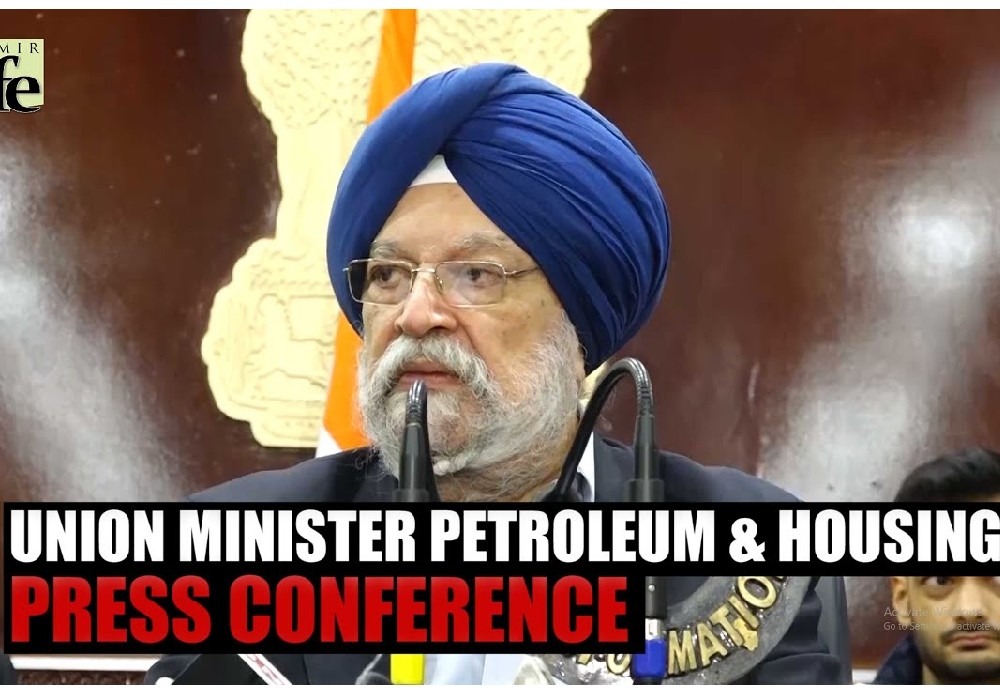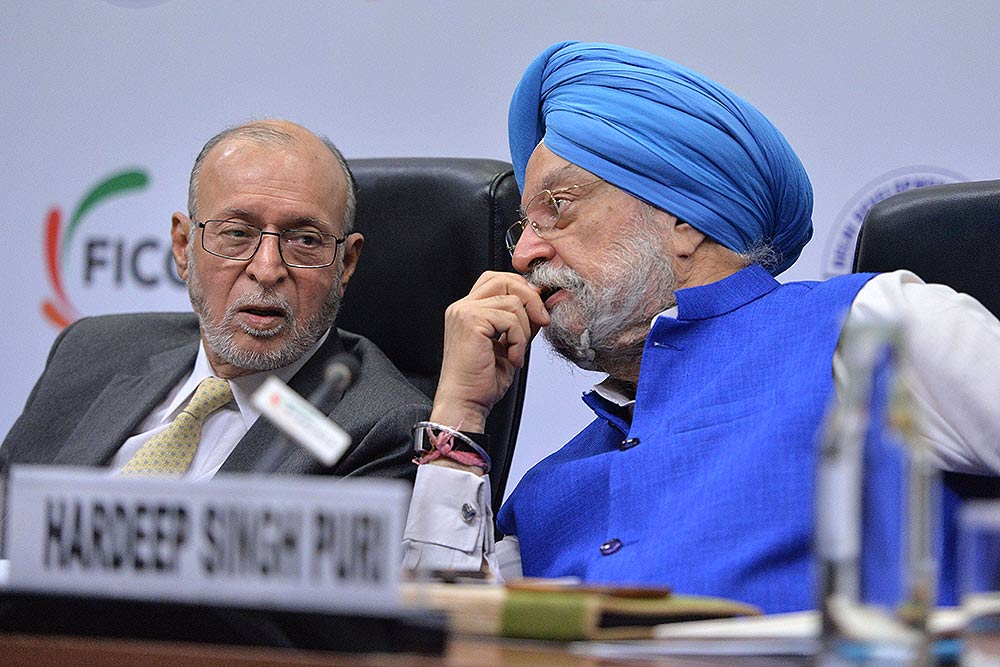Indian state-controlled importer Petronet LNG plans to add 9mn t/yr of LNG capacity on the west and east coasts of India in the next 4-5 years, as well as build storage tanks, a jetty and a petrochemical plant.
Petronet will expand capacity at its Dahej facility on the west coast by 5mn t/yr to 22.5mn t, and set up a floating storage and regasification unit-based 4mn t/yr facility at Gopalpur on the east coast. It is building a third jetty at Dahej, which will be used for imports of both LNG and propane and be able to accept Q-Max LNG carriers.
Petronet separately said that it has not been approached by the US to divert LNG cargoes to Europe to mitigate a potential shortfall in Europe's gas imports from Russia in the event of an escalation in tensions between Russia and Ukraine. Petronet imports LNG on behalf of India's state-owned Gail, IOC, Gujarat State Petroleum and Bharat Petroleum.
The company will spend 120bn rupees ($1.6bn) on a polypropylene complex, using imported propane as fuel. This investment comprises over a quarter of its proposed spending and marks its first foray into chemicals, in a move away from its core LNG business.
Petrochemicals have a bright future in India and polypropylene is a very saleable commodity, Petronet's chief executive officer AK Singh said today.
"The economics is very favourable," AK Singh said. "Dahej port can handle raw material in the most efficient manner and our LNG complex has lot of spare capacity of utilities that can be used for the chemical project."
Petronet is spending Rs400bn on projects in the next five years, coaxed by Delhi to boost public expenditure in the absence of private investments. Other projects include proposed equity investments in liquefaction projects and import terminals in neighbouring countries and setting up 1,000 LNG dispensing stations along highways.
Spot LNG volumes declined in the October-December quarter because of higher prices, Singh said. Prices averaged $33/mn Btu, but have since declined to $26/mn Btu, making it a bit more affordable, he added, expecting prices to stabilise further.
Indian power producers can afford gas at only around $8/mn Btu, while city gas and fertilizer plants can purchase higher-priced LNG because of government subsidies. India buys about 5-6mn t/yr under spot and short term contracts, and the remaining 20mn t/yr under term deals. Term LNG costs around $12/mn Btu delivered to India, Singh said.

देश में एक करोड़ यात्री प्रतिदिन कर रहे हैं मेट्रो की सवारी: पुरी ..

Union Minister for Petroleum and Natural Gas and Housing and Urban Affairs, Hardeep Singh Puri addressing a press conference in ..

Joint Press Conference by Shri Hardeep Singh Puri & Dr Sudhanshu Trivedi at BJP HQ| LIVE | ISM MEDIA ..
(3).jpg)
"I wish a speedy recovery to former Prime Minister Dr Manmohan Singh Ji. God grant him good health," Puri wrote. ..